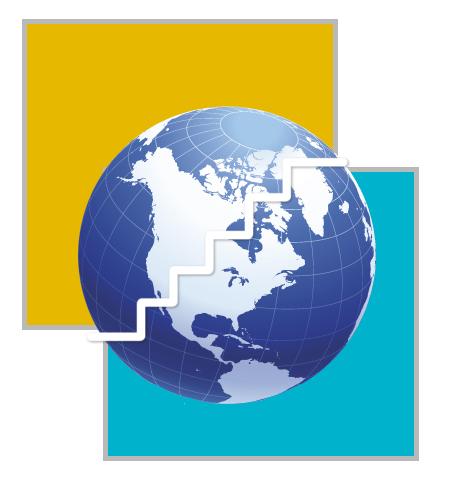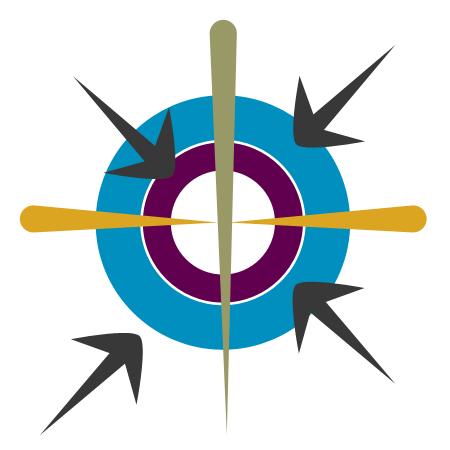MEDIA
A new report provides clear and graphic estimates of the gains from peace and the losses that accrue from violent conflict.
The recent report Cost of Conflict between India and Pakistan. produced by the Indian Think Tank, Strategic Foresight based in Mumbai. The reporthttp://strategicforesight.com/ takes into account comprehensive economic costs, socio-political damage, military costs, diplomatic costs, human costs and even the implications of the nuking of Mumbai and Karachi. The report also estimates Gross Terror-economy Product (GTP) of Kashmir and Pakistan and likely financial and human costs that the two countries will incur in the next five years if they do not consolidate the gains made at the SAARC Summit at Islamabad in January 2004. It is a rare document, presented in graphical form for easy and quick comprehension by decision makers.
Some of the main observations are:
- India and Pakistan have followed a "swing" model of relations whereby the pendulum of the relationship swings from one end to the other - conflict in May 1998 to peace in February 1999 to conflict in May 1999 to peace in November 2001 to conflict in December 2001 to peace in April 2003 to further peace in January 2004.
- The Siachen conflict alone will cost India Rs. 7,200 crores and Pakistan Rs. 1,800 crores in the next five years. Together they will lose about 1,500 soldiers in the next five years in Siachen without fighting a war.
- If the troops are mobilised again in the future on the pattern of 2002 for a year, it will cost India 0.46 per cent of GDP and Pakistan 2.25 per cent of GDP.
- Pakistan incurs equal amount of expenditure on military and development (3.8 per cent of GDP), while India spends 2.7 per cent of GDP on military and 6.2 per cent on development.
- Pakistan's GTP (Gross Terror-economy Product) is Rs. 264 billion or equal to 6.6 per cent of its GDP.
- Pakistan's Conflict Economy is more than 10 per cent of GDP. The Conflict Economy includes GTP and military expenditure.
- Kashmir's GTP is estimated to be Rs. 3.5 billion.
- Pakistan's jihadi forces are expected to increase from 200,000 at present to 300,000 at the end of the decade and the army from 620,000 at present to 646,000 at the end of the decade.
- Pakistan experienced 617 incidents of sectarian violence in the last five years.
- The control of Pakistan's military on its economy has enabled military officer's to head Water and Power Development Agency, Electric Supply Corporations of all major cities, Oil and Gas Development Corporation, Pakistan Telecommunication Authority, Pakistan Steel Mills, port Trust of Karachi and Gwadar, National Highway Authority, Tourism Development Corporation, Shipping Corporation, Civil Aviation Authority, Post Office, National Accountability Bureau, Public Service Commission, Life Insurance Corporation and provide Vice Chancellors of major Universities.
- India's trade with Pakistan accounts for about half per cent of its total trade.
- The bilateral conflict between India and Pakistan depresses investment climate to undermine GDP growth rate by 2 per cent.
- SAARC intra-regional trade is presently $3 billion as compared to the potential of $7 billion, resulting in an opportunity deficit of $4 billion.
- India and Pakistan have the potential to enjoy a trade of about $1 billion if hostile environment continues and $13.25 billion if peace prevails on a cumulative basis for the next five years (2004-08) resulting in an opportunity loss of $ 12 billion.
- Both the countries have incurred heavy diplomatic costs by blocking each other in different multilateral organisations such as ASEAN, ARF, UN Security Council, Commonwealth and OIC.
- Kashmir is a quarter per cent conflict with the Kashmir valley accounting for only a quarter per cent of the combined population, area and economy of India and Pakistan.
- If peace does not prevail and terrorism continues, Kashmir will see the death of 6,000 civilians, 10, 000 terrorists, 2,500 security personnel during 2004-08.
- The casualties of Kashmir conflict since 1988 to 2000 were 85 per cent Muslims and 11 per cent Hindus.
- If the Kashmir conflict continues, 45,000 patients may report to hospitals for psychiatric diseases every year during the next five years.
- The Politicide (political leaders killed) in Kashmir has been just under 500 since 1989.
- Kashmir lost 27 million tourists from 1989-02 leading to tourism revenue loss of Rs. 16,500 crores.






